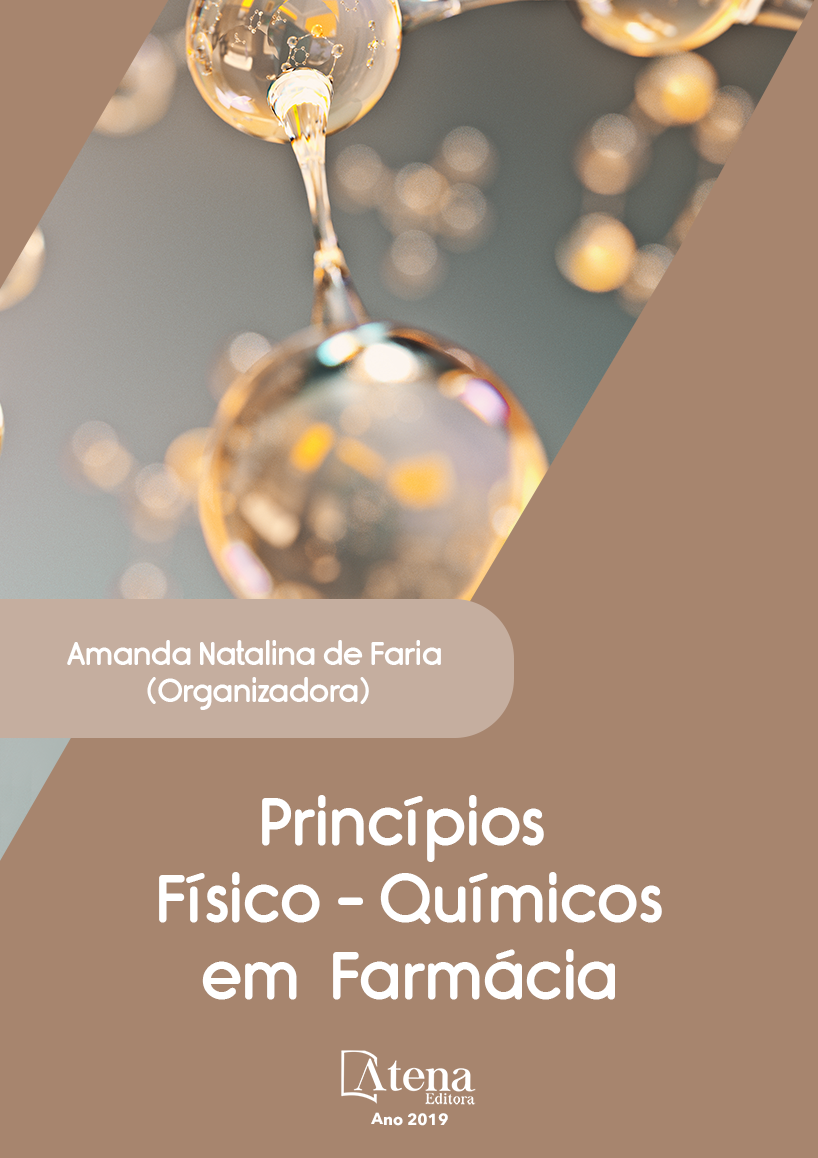
MANTEIGAS DA AMAZÔNIA E OS SEUS FRUTOS: CONHECIMENTO POPULAR, COMPOSIÇÃO QUÍMICA, PROPRIEDADES FISICO-QUÍMICAS E APLICAÇÃO FARMACÊUTICA
Ao longo da história, diversas
espécies vegetais produtoras de grande
quantidade de lipídios foram importantes fontes
de matéria-prima para diversas aplicações
além das alimentares. A Amazônia em sua
rica biodiversidade possui diversas dessas
espécies vegetais, referidas como oleaginosas
justamente em virtude dessa capacidade de
produção de lipídios, quer sejam eles líquidos
(óleos ou azeites) ou sólidos (gorduras e
manteigas) em temperatura ambiente. O
presente estudo tem como objetivo realizar um
levantamento da composição química e das
propriedades físico-químicas das manteigas
das espécies vegetais com importância
econômica na Amazônia Legal, agregando valor
aos frutos de forma sustentável, valorizando
e reconhecendo os ciclos econômicos das
sociedades amazonenses. Entre as espécies
encontradas estão bacuri - Platonia insignis
Mart. (Clusiaceae), cacau - Theobroma cacao
L. (Malvaceae), cupuaçu - Theobroma grandiflorum (Willd. ex Spreng.) K.Schum.
(Malvaceae), murumuru Astrocaryum murumuru Mart. (Arecaceae), tucumã -
Astrocaryum vulgare Mart. (Arecaceae) e ucuúba - Virola surinamensis (Rol. ex
Rottb.) Warb. (Myristicaceae). Com exceção da manteiga de tucumã, que é extraída
da amêndoa, as demais são extraídas dos frutos. Todas as espécies selecionadas
possuem participação ativa e importância no ciclo econômico dos estados da
Amazônia Legal (Acre, Amapá, Amazonas, Pará, Rondônia, Roraima, Mato Grosso,
Tocantins e Maranhão) e trazem consigo composições graxas singulares que remetem
à diversas aplicações da indústria farmacêutica, cosmética, bioenergética e alimentar.
Além disso, a utilização dessas manteigas são alternativas viáveis para conservação
de espécies vegetais nativas da região amazônica, pois possibilitam e estimulam a
criação de projetos de educação socioambiental por empresas, indústrias, cooperativas
e associações. Os ainda insipientes estudos voltados à aplicação dentro da área
farmacêutica, cosmética, de alimentos, bioenergética, entre outras, apontam para a
necessidade de realização de novas pesquisas visando aprofundar o conhecimento
acerca da composição química e das propriedades físico-químicas dessas matériasprimas, assim como de suas atividades biológicas e ensaios de toxicidade.
MANTEIGAS DA AMAZÔNIA E OS SEUS FRUTOS: CONHECIMENTO POPULAR, COMPOSIÇÃO QUÍMICA, PROPRIEDADES FISICO-QUÍMICAS E APLICAÇÃO FARMACÊUTICA
-
DOI: 10.22533/at.ed.4131905118
-
Palavras-chave: Manteigas vegetais; ácidos graxos; Amazônia Legal.
-
Keywords: Plant butters; fatty acids; Legal Amazon.
-
Abstract:
Throughout the history, many plant species, producers of great quantity
of lipids, were important sources of raw material for various applications besides
alimentary. The Amazon in its rich biodiversity has a number of these plant species,
referred to as oily, precisely in virtue of this capacity of producing lipids, being liquid
(oils) or solid (fats and butters) in room temperature. The present study aims to perform
a survey of the chemical composition and physical-chemical properties of butters of
plant species with economic importance in the Legal Amazon, adding value to the
fruits in a sustainable way, valuing and recognizing the economic cycles of Amazonian
societies. Among the species found are bacuri - Platonia insignis Mart. (Clusiaceae),
cocoa - Theobroma cacao L. (Malvaceae), cupuaçu - Theobroma grandiflorum
(Willd. ex Spreng.) K.Schum. (Malvaceae), murumuru Astrocaryum murumuru Mart.
(Arecaceae), tucumã - Astrocaryum vulgare Mart. (Arecaceae) and ucuúba - Virola
surinamensis (Rol. ex Rottb.) Warb. (Myristicaceae). Apart from the tucumã butter,
which is extracted from the almond, the others are extracted from the fruit. All the
selected species have active and important participation in the economic cycle of
the Legal Amazon states (Acre, Amapá, Amazon, Pará, Rondônia, Roraima, Mato
Grosso, Tocantins e Maranhão) and bring with them singular grease compositions that
refer to various applications from the pharmaceutical industry, cosmetic, bioenergetic
and alimentary. Besides that, the use of these butters are viable alternatives for the
conservation of the native Amazon plant species, because they enable and stimulate
the creation of socio-environmental educational projects for businesses, industries,
cooperatives and associations. The yet insipid studies focused on application in the
pharmaceutical area, cosmetics, alimentary, bioenergetic, amongst others, point out
the need of the realization of new researches aiming to deepen the knowledge about
the chemical composition and physical-chemical properties of these raw materials as
well as their biological activities and toxicity tests.
-
Número de páginas: 15
- Anna Carina Antunes e Defaveri
- João Carlos Silva
- Rudá Antas Pereira
- Karen Lorena Oliveira-Silva
- Claudete da Costa-Oliveira
- Gilberto do Carmo Oliveira
- Leonardo de Souza Carvalho
- Lorraynne Oliveira-Souza
- Douglas Dourado
- Ygor Jessé Ramos


